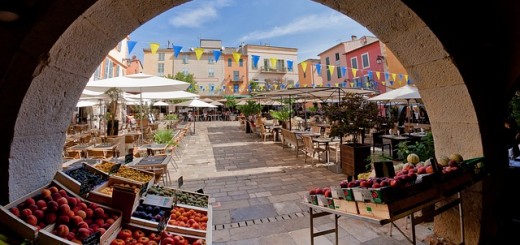Some travel authors like to pretend that haggling is something that only happens in the developing world, where rustic markets are filled with the noise of adversarial commerce. Anyone who has visited an American auto dealer or the bustling Billingsgate Market in London, for that matter, will know that hashing out the proper price for a good or service continues to be an important part of capitalism around the world. However, while Americans and the British tend to haggle only occasionally, there are parts of the world where it is far more common, and vacationers visiting these places would do well to prepare themselves for the experience.
The first thing to learn and remember is that haggling doesn’t mean being rude. A smile accompanied by a polite greeting in the seller’s native tongue go a very long way. Ideally, the best negotiation ends with both sides happy, and it’s far easier to accomplish that with pleasantries and good manners. It’s also important to learn when to haggle. Generally, price tags indicate a fixed price, which is the easiest rule of thumb to use. In other circumstances, a bit of online research or some polite questions to locals will yield the necessary information.
It can also be useful to learn some of the tricks of the trade. One successful and common technique is to act indifferent throughout the haggling process and walk away from the deal if the price is too high, as sellers will often give their lowest price when it appears that they’ll lose the sale. Naturally, it can be a huge help to know the actual price of things, as well as the basics about the local economy. Taking along a local friend or companion is the easiest way to get good prices, even if it is only through the additional safety in numbers. When the actual haggling starts, you’ll usually enjoy at least a discount by starting the bargaining at half the price quoted by the seller.

